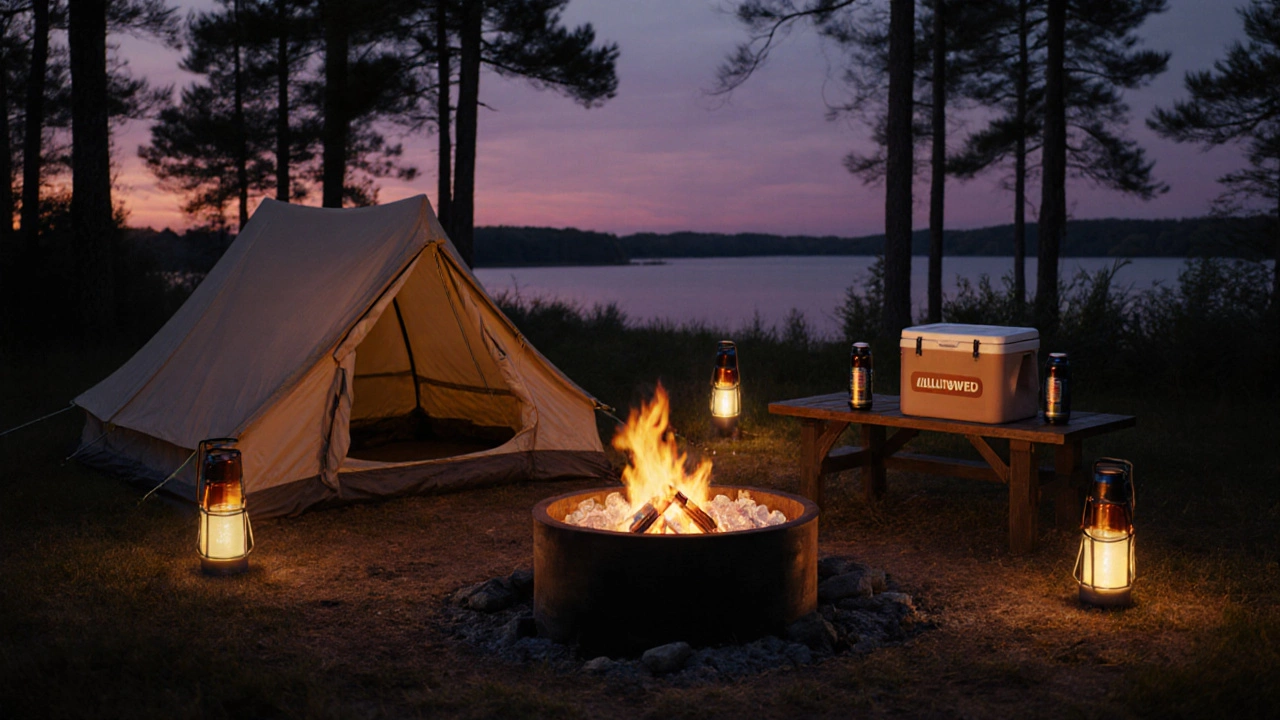Michigan DNR Camping: What You Need to Know
If you love the idea of sleeping under Michigan trees without a pricey campsite, the DNR (Department of Natural Resources) is your go‑to. The agency manages thousands of acres of forest, shoreline and wildlife areas that let you set up a tent, park an RV or pull a camper. The good news? Most spots are free or cost a little, and the rules are simple enough for anyone to follow.
Where DNR Lets You Camp
First, figure out the land type. State forests and wildlife areas usually allow dispersed (or “primitive”) camping. You can camp on any public land unless a sign says otherwise. Look for clearings near a water source, stay at least 200 feet from private property, and avoid areas marked as “no camping.” Popular spots include the Huron‑Manistee National Forest, the Pictured Rocks shoreline, and the Au Sable State Forest.
Most DNR campgrounds are “first‑come, first‑served,” so arriving early helps you snag a good spot. If you prefer a spot with a fire ring or a picnic table, check the DNR’s online map for developed campgrounds – they often charge $5‑$12 per night. For backcountry fans, the rules are the same: no permanent structures, pack out everything you bring, and keep noise low after dark.
Tips to Stay Safe and Legal
Permits are rarely needed for a night or two, but if you plan to stay longer than 30 days in one place, you’ll need a “permits for extended stays” from the local DNR office. The paperwork is quick, and the fee is modest. Always carry a copy of the DNR rules; it shows you’re prepared and can save you a warning.
Fire safety matters. Check the fire‑danger rating on the DNR website before you go. When the rating is high, use a stove instead of a campfire. If fires are allowed, build them in existing fire rings, keep them small, and extinguish them completely before you leave.
Wildlife is another factor. Store food in a locked cooler or use a bear‑proof container if you’re in a bear‑active area. Never leave trash or food scraps out – rodents and bears are attracted to the smell. A quick clean‑up routine each night keeps animals at a safe distance.
Lastly, respect the Leave No Trace principles. Stick to existing trails, avoid trampling vegetation, and fill in any fire pits you create. The DNR relies on visitors to keep the land pristine, so a little effort goes a long way.
With these basics in hand, you can head out and enjoy Michigan’s natural beauty without hassle. Check the DNR’s map, pack light, follow the rules, and you’ll have a great adventure on public land. Happy camping!
Can You Drink Beer at Michigan State Parks? Rules, Exceptions, and Tips
Find out if you can drink beer at Michigan state parks, where alcohol is allowed, special permits, and practical tips for a safe, legal camping experience.
